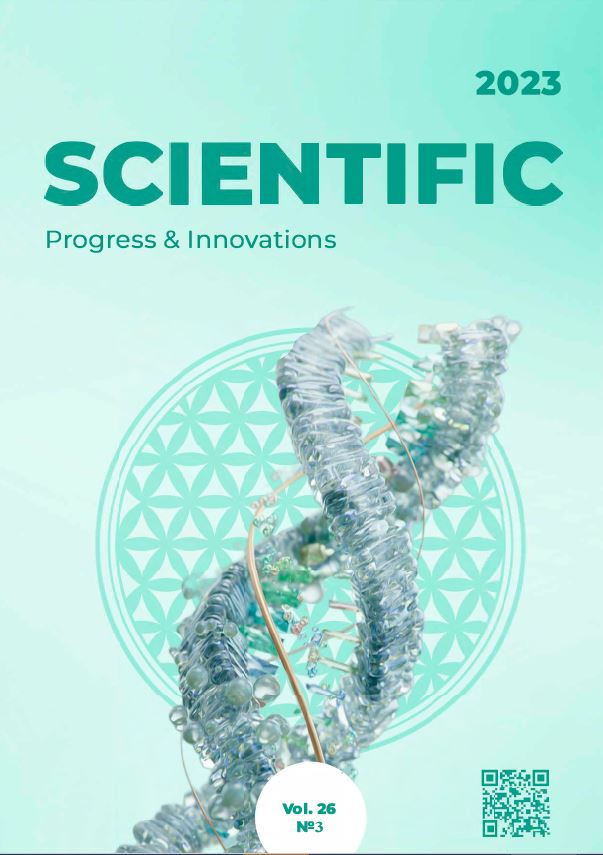Certain species of nematodes of the digestive organs of mammals from the hare family (Leporidae Fischer de Waldheim, 1817)
DOI:
https://doi.org/10.31210/spi2023.26.03.22Keywords:
hare family, rabbits, hares, parasitology, nematodes of digestive organsAbstract
Leporidae Fischer de Waldheim 1817 is a small family of mammals, which today includes about 70 species of animals. Despite the small species diversity, these animals are quite common throughout the world. The widespread distribution of this family is facilitated by their extraordinary fecundity. Knowing this, human has used this biological property of animals for himself with maximum benefit and is now able to obtain valuable food products and raw materials for various types of industry from rabbits that are bred on an industrial scale. Today, human use these animals in a variety of ways, including: to obtain food and raw materials for the leather industry; in medical, veterinary, genetic and other fields – as a test object for conducting various experimental studies; in decorative animal husbandry, which aims to use decorative rabbits as companion animals that are kept as pets. Also, these animals surround us in nature – we are talking about hares. So, lagomorphs have a closer contact with humans than it seems at first glance. Accordingly, like all living organisms, these animals can be affected by pathogens of various diseases, including those of parasitic etiology. Therefore, the purpose of the conducted literature review was to characterize in more detail the nematode fauna of the digestive organs of mammals from the hare family. According to the results of the analysis of a large number of sources of scientific literature, it was established that all diseases of lagomorphs are caused by nematodes of the digestive organs, which can be divided into 3 categories: 1 – diseases that are extremely common throughout the world (passalurosis caused by nematodes Passalurus ambiguus Rudolphi, 1819 and Passalurus nonanulatus Skinker , 1931; graphidiosis – caused by Graphidium strigosum Dujardin, 1845; trichostrongylosis – to a greater extent, the causative agent of which for hares and rabbits is Trichostrongylus retortaeformis Zeder, 1800); 2 – diseases with a small distribution (trichurosis caused by pathogens Trichuris leporis Frölich, 1789 and Trichuris sylvilagi Tiner, 1950; baylisascariosis, strongyloidosis, nematodirosis and obeliscoidosis – caused by nematodes Baylisascaris procyonis Stefanski & Zarnowski, 1951) Strongyloides papil-losus Wedl, 1856, Nematodiroides zembrae Bernard, 1965 and Obeliscoides cuniculi Graybill, 1923, respectively); 3 – diseases that are potentially dangerous for rabbits (haemonchosis, ostertagiosis and hepaticolosis caused by nematodes Haemonchus contortus Rudolphi, 1803, Ostertagia ostertagi Stiles, 1892 Ransom, 1907 and Capillaria hepatica Bancroft, 1893, respectively). Therefore, the analysis of literary sources has both theoretical and practical significance for scientists and veterinary and biological specialists, because it reveals new data on nematodes of the digestive organs of mammals of the hare family and complements the existing information.

 Creative Commons Attribution 4.0 International Licens
Creative Commons Attribution 4.0 International Licens